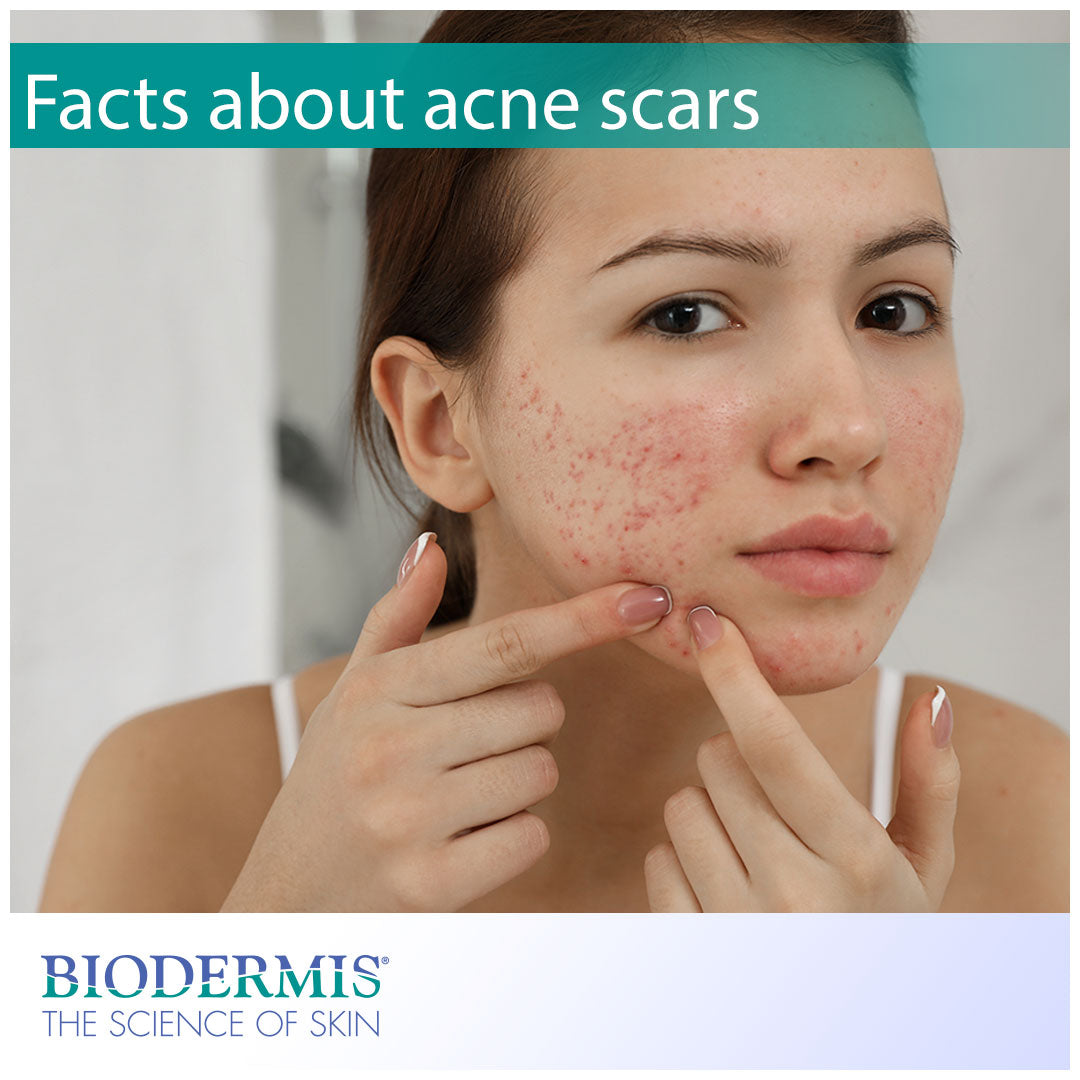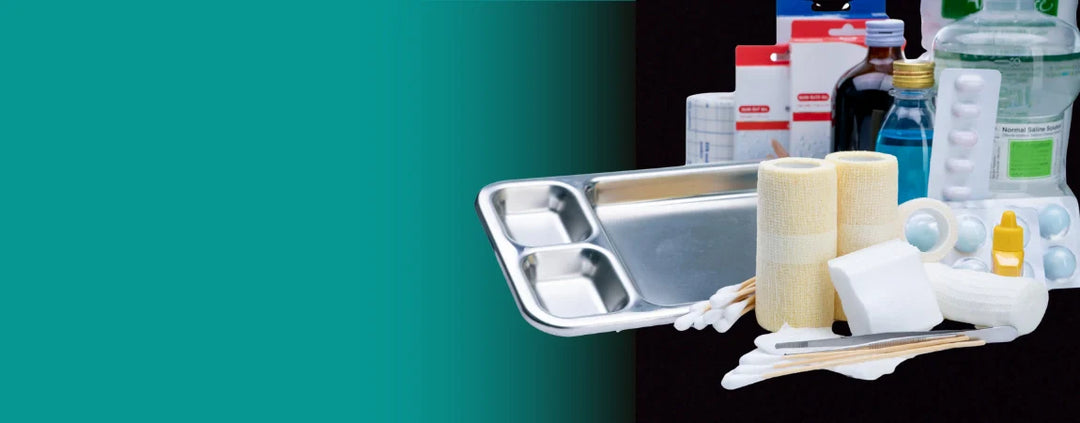Acne is one of the most common and well-known skin problems that affects nearly 80% of people between the ages of 11 and 30. It is estimated that one out of five people will develop some acne scarring as a result. Preventing or treating acne scars requires a combination of medication, cosmetic procedures and self-care, although not everyone will require all three. There is a lot of factual information surrounding acne and acne scarring; some of it is common knowledge and some not so much. In this article, we are going to explore some of these facts and discuss ways to prevent or treat acne scarring.
What causes acne? The average adult has nearly five million pores in their skin, with at least 20,000 of them on the face alone. Pores are small openings in the skin that allow it to breath, as well as allowing oils (sebum), sweat, and other toxins to exit the body. Pores are also connected to hair follicles. Acne forms when pores get clogged with oil, dead skin cells, or bacteria. Around 40,000 dead cells fall off our skin every hour, but sometimes these cells get caught in our pores. Some common areas of the body where acne develops include the face, back, shoulders, and chest.
Types of acne scars
Ice pick: ice pick scars are sunken and pitted in appearance due to a loss of collagen in the area. These scars are characterized by a narrow shape that extends into the skin and are typically deeper than other acne scar types. Ice picks are usually the result of severe acne, such as cysts or papules that develop deep in the pores.
Rolling: these scar types are the result of the acne healing process. They are characterized by indents in the skin that can span several millimeters in the length. Rolling scars often have sloping edges that creates a wavy, uneven appearance of the skin. These scar types typically develop on the lower cheeks and jaw where the skin is thicker. Rolling scars tend to be oval or round in shape.
Boxcar: These scar types are characterized by shallow indents in the skin. They are similar to rolling scars but they tend to have vertical edges, giving them more of a square shape.
All of these scar types are known as atrophic because they are marked by a loss of collagen, which is what causes the sunken appearance.
Treatments for acne and acne scarring
People who seek treatment for acne usually do so because their acne is severe and persistent. According to one study, up to 95 percent of people with acne vulgaris (the main type of acne) are left with scarring. Therefore, treating acne as soon as possible is the best course of action.
Retinoids: These are medications that contain retinoic acids or tretinoin—chemicals that are derived from or related to vitamin A. They are often useful in treating mild to moderate forms of acne.
Antibiotics: Most acne is the result of bacteria getting trapped in the skin’s pores. Therefore, it makes sense why an antibiotic might be prescribed by your doctor or dermatologist to treat acne. Antibiotics for acne can be taken orally or topically.
Azelaic acid and salicylic acid: Azelaic acid is a naturally occurring compound produced by yeast. This acid contains antibacterial properties and can be applied as a cream that contains 20% azelaic acid.
Topical silicone gel: Medical-grade, topical silicone gel has been used for scar management for over 30 years. Silicone gel is meant to scale back excessive collagen production that results from some wounds. Therefore, this treatment should be used for hypertrophic and keloid scars that result from acne rather than atrophic scars.
Therapies for acne scars
If medication and other treatments don’t work, some people may consider some of the following therapies to reduce acne scarring.
Chemical peel: This is a treatment that consists of repeated applications of chemical solutions, including salicylic acid, glycolic acid, or retinoic acid. This therapy will require multiple visits to the dermatologist and is usually only beneficial for mild to moderate acne.
Dermabrasion: This treatment consists of the surgical scraping of the top layer of skin to stimulate new collagen production. This I beneficial for atrophic scars that are marked by a loss of collagen. After the procedure, the new skin will appear healthier and more vibrant.
Laser therapy: Similar to dermabrasion, laser therapy uses a laser instrument that delivers controlled beams of light energy to remove the outer layer of skin and heat the underlying layers. This stimulates new collagen production in the skin.
Biodermis is an innovative market leader with 30 years of expertise in the medical silicone industry. Visit Biodermis.com today to explore a complete range of scar management and post-operative care solutions.
Biodermis offers custom-tailored referral programs designed to simplify and reduce the cost of your patients' post-op care. Additionally, we offer professional pricing if you opt to retail our products. Give us a call at 800.322.3729 and we will be happy to provide additional details on these programs.



